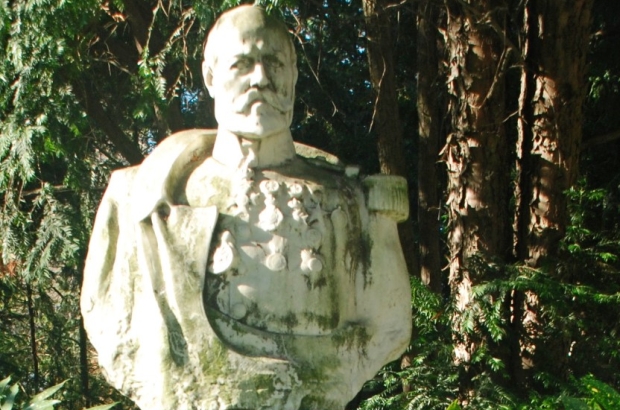- Daily & Weekly newsletters
- Buy & download The Bulletin
- Comment on our articles
Colonial statue removed from Brussels' EU district
A statue in Brussels' EU district honouring a "barbaric" Belgian military leader during the colonisation of Congo has been removed by municipal authorities.
The marble bust of Lieutenant-General Émile Storms, on Square de Meeûs near the African district of Matongé, was dismantled on Thursday to coincide with the 62nd anniversary of Congo's independence from Belgium.
Émile Storms was one of the key figures tasked by Leopold II with colonising Cargo and creating the Congo Free State in 1885.
The statue had been repeatedly vandalised by activists campaigning for the decolonisation of monuments and other public spaces, such as street names.
Since his election in 2018, Ixelles mayor Christos Doulkeridis had wanted to remove the monument. "Public space is for everyone," he said in an interview at the time. "Its place is in a museum, which will make it possible to better contextualise what happened."
The campaign to remove colonial monuments has intensified since the George Floyd murder in the US and the resurgence of the Black Lives Matter movement.
Because the square is a classified site, Ixelles had to await a favourable opinion from the Royal Commission for Monuments and Sites before it could go ahead.
"It would be a mistake to remove everything, but it would also be a mistake to leave everything in place," Doulkeridis said following the dismantling.
"Here we are removing the bust of an unpleasant personality who is known for being particularly barbaric, who decapitated people. We are responsible for the story that we wish to promote and offer to future generations."
Aliou Baldé, from the Mémoire Coloniale collective, praised the decision to tear down the statue: "It proves that the authorities are listening. But this is the end of a small battle. The war to decolonise public places will continue."
The statue will be put into storage by the municipality of Ixelles. The Royal Museums of Fine Arts and the Museum of Ixelles have both offered to put the statue on display and explain its historical context, but a decision by municipal officials has yet to be made.















